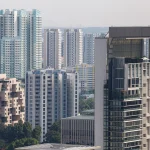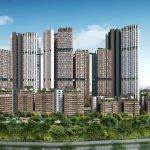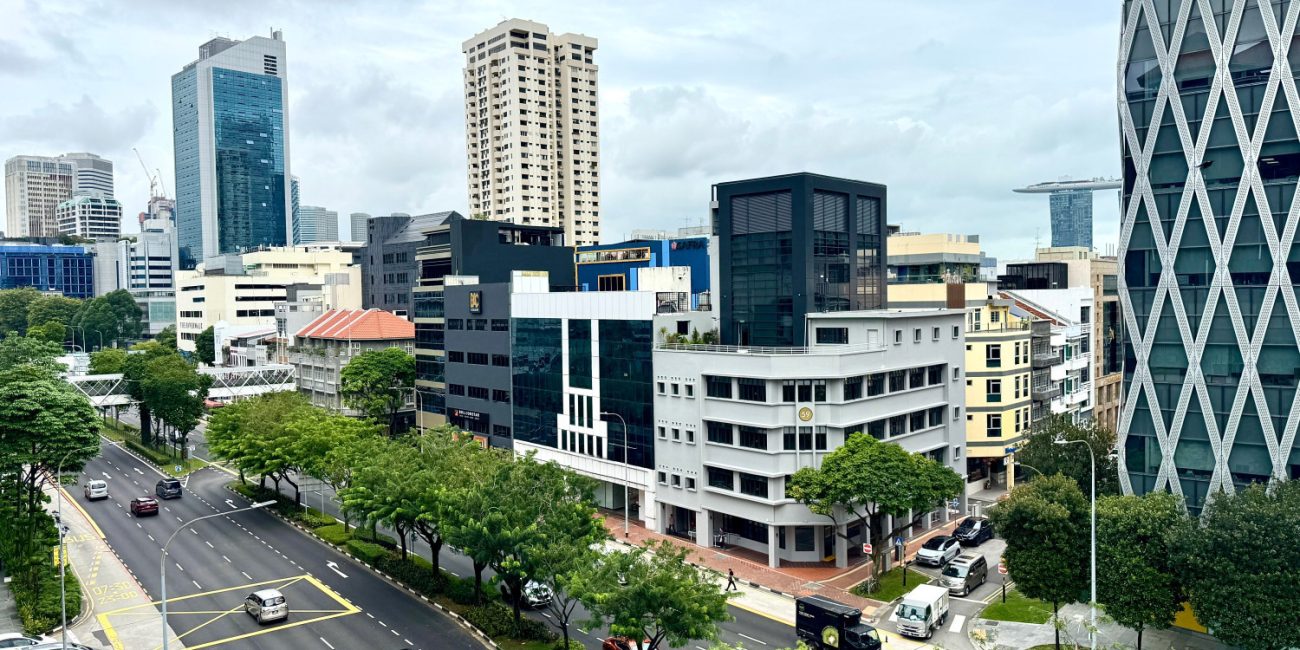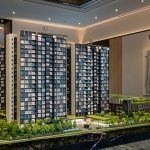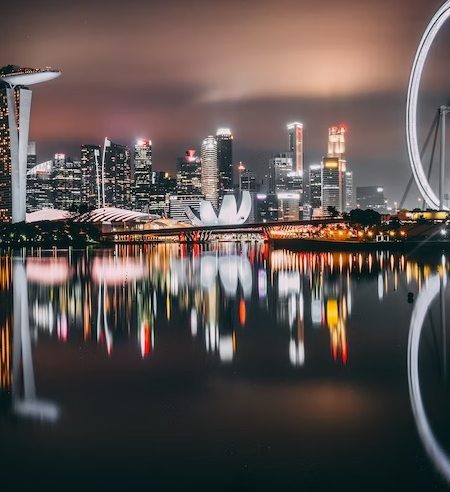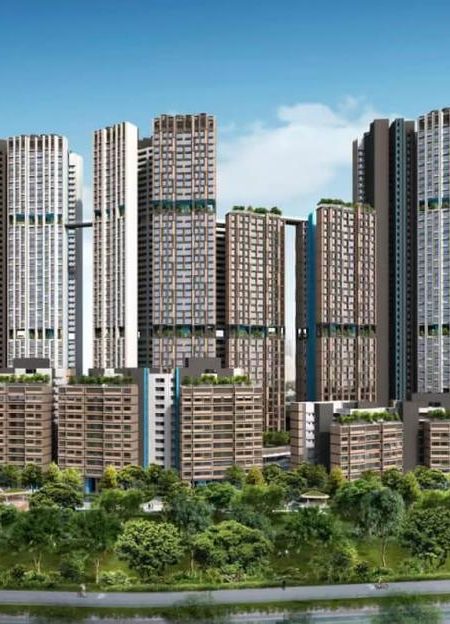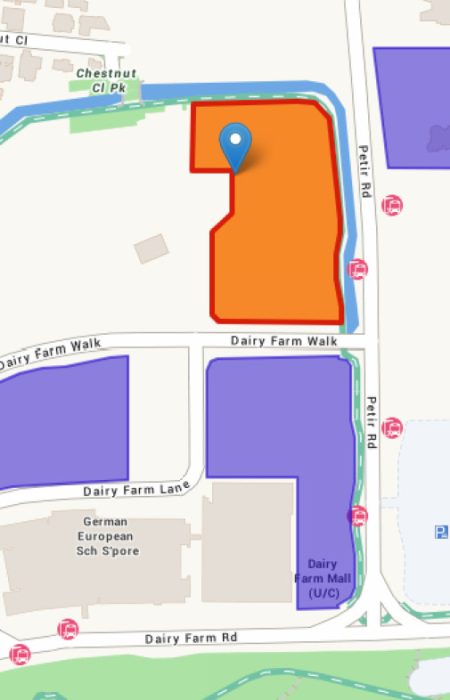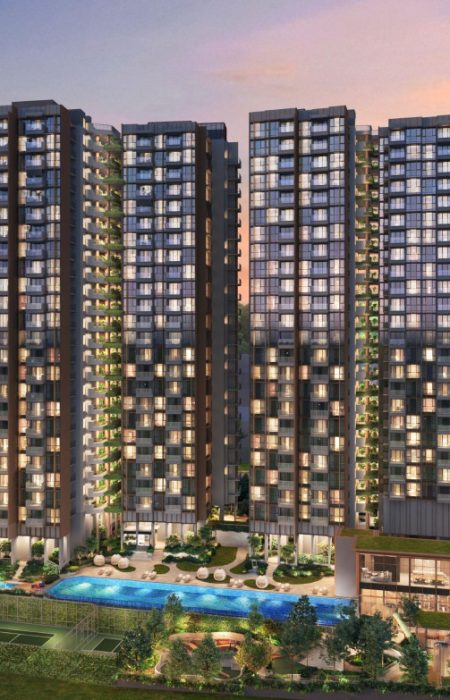The Singapore property market continues to remain a focal point for both homeowners and investors in October 2025. With ongoing adjustments in global economic conditions, rising interest rates, and the government’s continued supply through GLS (Government Land Sales) programmes, the market has displayed resilience while showing signs of moderation. This update provides insights into the current state of the market across HDB flats, private condominiums, and landed properties, alongside the future outlook for the sector.
1. Private Residential Property Market
Price Trends
Private home prices in Singapore have maintained steady growth, although at a slower pace compared to 2023–2024. Data from recent flash estimates shows that Q3 2025 private property prices rose around 1.2%, signaling sustained demand despite higher borrowing costs. New launches such as GuocoLand’s Faber Residence and City Developments Limited’s upcoming projects have garnered strong buyer interest, especially in the Outside Central Region (OCR) where affordability remains a priority.
Buyer Demand
Foreign interest has moderated due to tightened stamp duty regulations, but domestic buyers remain active. Many Singaporeans are upgrading from HDB flats to private condominiums, particularly in integrated developments close to MRT stations. The market is also seeing demand for smaller units catering to young professionals and investors seeking rental yield.
Rental Market
Rental prices remain elevated, though growth has slowed. The influx of new completions in 2025 has eased pressure on tenants, with rental increases now stabilizing at around 2–3% per quarter. Landlords are adjusting expectations as supply catches up with demand.
2. HDB Resale Flat Market
Resale Prices
HDB resale prices have shown moderation after two years of rapid increases. In September 2025, the growth rate slowed to 0.8%, reflecting balanced market conditions. While million-dollar HDB transactions still make headlines, they remain concentrated in mature estates with prime locations.
First-Time Buyers
Young couples and first-time buyers continue to look towards non-mature estates where prices are more affordable. Recent government cooling measures and the increase in housing grants have made it easier for buyers to secure their first homes.
Policy Impact
HDB continues to roll out new Build-to-Order (BTO) projects, easing demand in the resale segment. October’s BTO launches in areas like Tengah and Tampines have drawn healthy interest, with families prioritizing eco-friendly designs and connectivity.
3. Government Land Sales (GLS) Programme
The GLS programme remains one of the strongest drivers of property supply in Singapore. The 2H 2025 confirmed list includes several attractive sites in the OCR and Rest of Central Region (RCR), ensuring a steady pipeline of private homes.
Developers are showing selective but strong bidding interest, especially for plots located near transport nodes and growth areas such as the Jurong Lake District. This demonstrates confidence in long-term housing demand despite near-term headwinds.
4. Commercial and Industrial Property Trends
Beyond residential properties, commercial and industrial segments are also shaping investor decisions.
- Commercial: Demand for office space in the CBD remains stable, though rental growth has slowed due to increased hybrid work arrangements. Strata office sales continue to attract investors seeking stable returns.
- Industrial: The logistics and warehouse sector remains strong, supported by e-commerce growth and Singapore’s strategic role as a global hub.
5. Factors Influencing Market Outlook
Economic Conditions
Singapore’s economy has grown steadily in 2025, with GDP expected to expand by around 2.1%. However, external uncertainties such as global inflation and geopolitical risks could weigh on investor confidence.
Interest Rates
Interest rates remain elevated, affecting affordability. Buyers are becoming more cautious and price-sensitive, prioritizing projects with strong fundamentals and long-term growth potential.
Government Cooling Measures
The government continues to monitor the property market closely. Cooling measures introduced in 2023, including higher Additional Buyer’s Stamp Duty (ABSD) for foreigners and investors, have effectively reduced speculative demand, ensuring the market remains sustainable.
6. Buyer and Investor Tips
For those considering property purchases in late 2025, here are some practical tips:
- HDB Buyers: Look for flats in non-mature estates with upcoming connectivity projects (MRT lines, amenities).
- Condo Buyers: Consider projects in OCR and RCR regions, where prices are more affordable, and rental yield potential is higher.
- Investors: Monitor GLS land releases and focus on growth corridors like Jurong Lake District and Punggol Digital District.
- Landlords: Expect slower rental growth but steady demand from expatriates and locals. Adjust rental expectations accordingly.
7. Future Outlook
The Singapore property market is expected to remain stable through the rest of 2025. While price growth is moderating, demand remains underpinned by strong fundamentals such as a stable economy, controlled supply pipeline, and sustained homeownership aspirations among Singaporeans.
In the long term, factors such as the expansion of new business hubs, enhanced connectivity through MRT expansions, and sustainable housing policies will continue to drive property demand. Investors and homebuyers who adopt a long-term perspective are likely to benefit from capital appreciation and stable rental yields.
Conclusion
The Singapore property market in October 2025 presents a balanced outlook. Prices are stabilizing, demand is shifting towards affordable segments, and government policies ensure sustainable growth. Whether you are a first-time HDB buyer, a condo upgrader, or a seasoned investor, opportunities exist across different property types. The key lies in understanding current market trends, monitoring GLS supply, and aligning property decisions with long-term financial goals.



